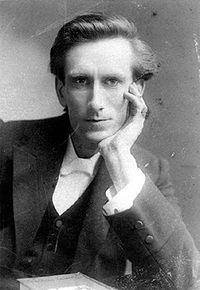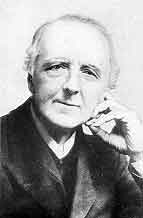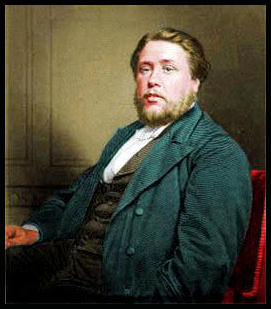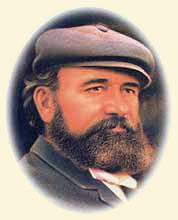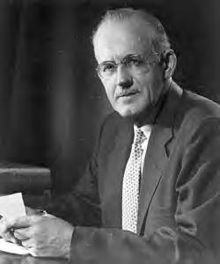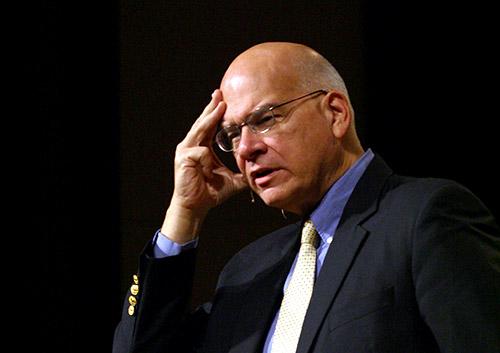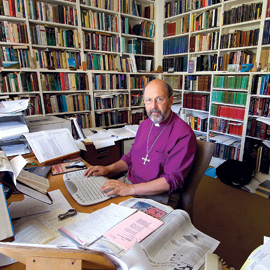 Tim Keller and Sam Shammas have put together what I think will be a wonderful aid to the Christian's spiritual life. It's called the New City Catechism and it's an interactive exploration of classic Reformed catechisms.
Tim Keller and Sam Shammas have put together what I think will be a wonderful aid to the Christian's spiritual life. It's called the New City Catechism and it's an interactive exploration of classic Reformed catechisms.
You can use it on your iPad (there's an app) or on your computer's browser, and it features both text and video meditations on the catechism questions.
Here's a bit more background on the catechism:
New City Catechism is comprised of only 52 questions and answers (as opposed to Heidelberg's129 or Westminster Shorter's 107). There is therefore only one question and answer for each week of the year, making it simple to fit into church calendars and achievable even for people with demanding schedules.
It is a joint adult and children's catechism. In other words, the same questions are asked of both children and adults, and the children's answer is always part of the adult answer. This means that as parents are teaching it to their children they are learning their answer to the question at the same time, albeit an abridged version. The adult answer is always an expanded version of the children's answer. In the adult version the children's answer appears in color to differentiate it from the longer adult answer.
New City Catechism is based on and adapted from Calvin's Geneva Catechism, the Westminster Shorter and Larger Catechisms, and especially the Heidelberg Catechism, giving good exposure to some of the riches and insights across the spectrum of the great Reformation-era catechisms. The hope being that it will encourage people to delve into the historic catechisms and continue the catechetical process throughout their lives.
It is divided into 3 parts to make it easier to learn in sections and to include some helpful divisions:
PART 1 = God, creation and fall, law (20 questions);
PART 2 = Christ, redemption, grace (15 questions);
PART 3 = Spirit, restoration, growing in grace (17 questions).As with most traditional catechisms there is a Bible verse that accompanies each question and answer. In addition, attached to each question and answer there is a short commentary and a short prayer taken from the writings or sayings of past preachers to help students meditate on and think about the topic being explored. As far as possible a commentary and prayer has been included from the same preacher in each of the 3 Parts so that students can become familiar with their style and work. Those quoted in all 3 Parts are, in chronological order: John Chrysostom, Augustine of Hippo, Martin Luther, John Calvin, Richard Sibbes, John Bunyan, Jonathan Edwards, John Wesley, Abraham Booth, Charles Haddon Spurgeon, John Charles Ryle, C. S. Lewis, David Martyn Lloyd-Jones, and John Stott. Students are therefore able to read 3 commentaries and 3 prayers from each of these preachers. John Owen and Richard Baxter have been quoted in Parts 1 and 3. John Bradford, Heinrich Bullinger, Thomas Brooks, George Whitefield, Charles Simeon, and Francis Schaeffer feature once with a commentary and a prayer from each.
In the children's version the questions and answers are accompanied by the same Bible verse as the adult version. In addition the prayers from the adult version have been adapted, modernized, shortened, and simplified for children.
But why a new catechism? Keller writes:
Catechisms were written with at least three purposes. The first was to set forth a comprehensive exposition of the gospel-not only in order to explain clearly what the gospel is, but also to lay out the building blocks on which the gospel is based, such as the biblical doctrine of God, of human nature, of sin, and so forth. The second purpose was to do this exposition in such a way that the heresies, errors, and false beliefs of the time and culture were addressed and counteracted. The third and more pastoral purpose was to form a distinct people, a counter-culture that reflected the likeness of Christ not only in individual character but also in the church's communal life.
When looked at together, these three purposes explain why new catechisms must be written. While our exposition of gospel doctrine must be in line with older catechisms that are true to the Word, culture changes and so do the errors, temptations, and challenges to the unchanging gospel that people must be equipped to face and answer.
Whether you were weaned on catechisms or find it an entirely new idea, I hope you'llcheck it out. I pray it might be a blessing to you and the Lord's Church.
http://thegospelcoalition.org/blogs/thabitianyabwile/2012/10/15/new-city-catechism-launched-today/
